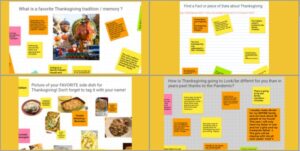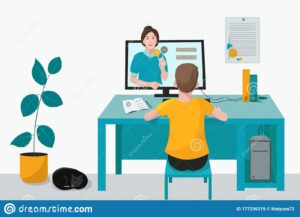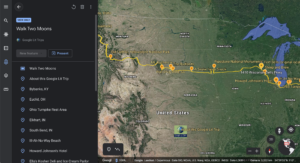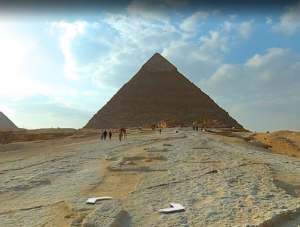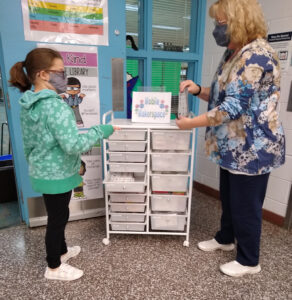In the February 2021 edition of the VSTE Diversity, Equity, and Inclusion Webinar, Charlotte Morris talks about how educators can include diversity and equity principles in their learning content. Charlotte is an instructional designer of graduate courses in the College of Professional Studies at George Washington University.
The webinar is hosted by Charles Randolph.

